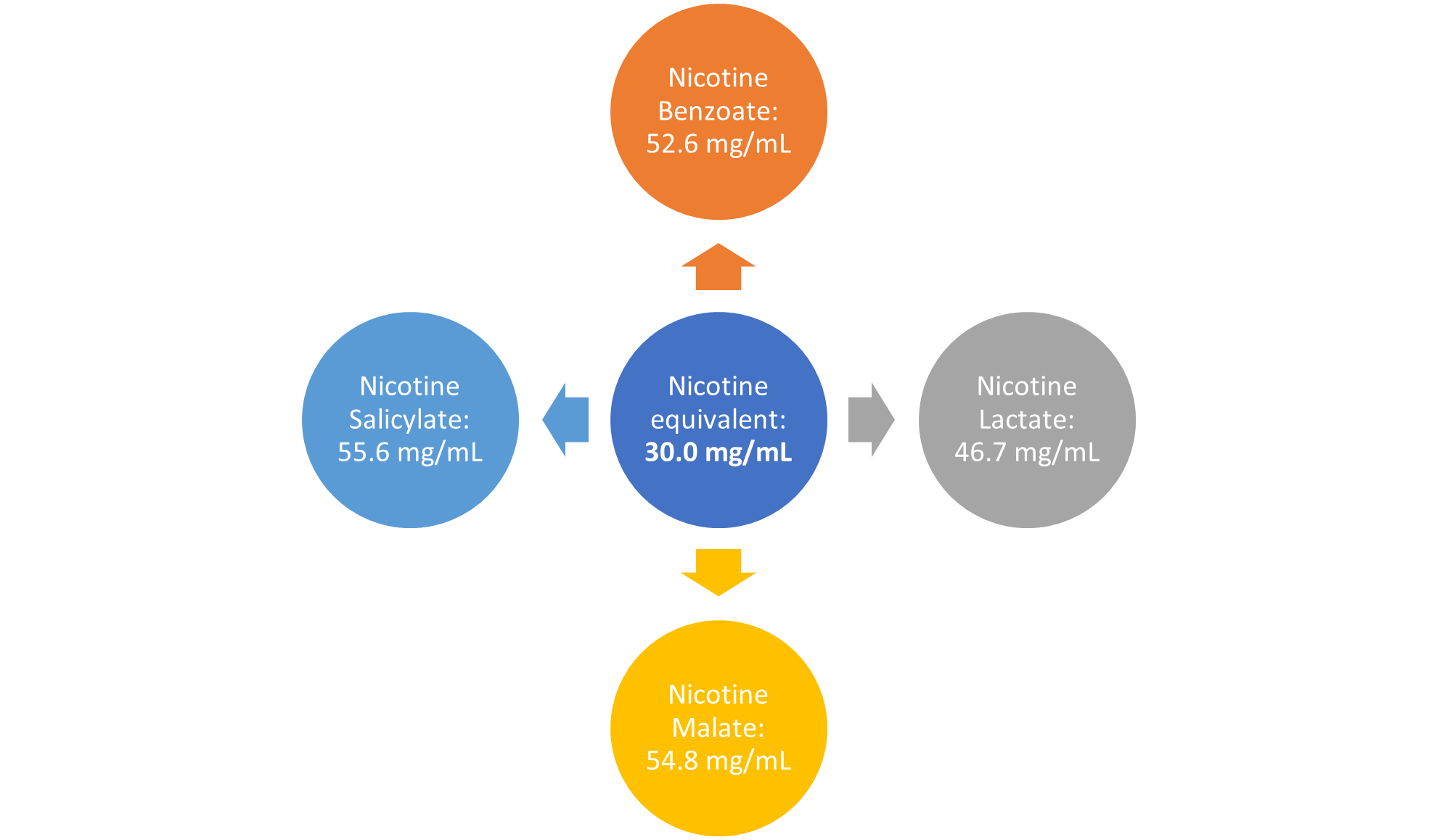There’s been some important changes to New Zealand’s vaping industry with amendments to the Smokefree Environments and Regulated Products Regulations 2021 starting to come into effect recently, in September 2023.
The amendments to the regulations impose different limits on the nicotine content of e-liquids depending on the type of product. The maximum limit for nicotine when only in salt forms is 28.5 mg/mL, while the limit for nicotine base is 20 mg/mL.
Nicotine base is the pure form of nicotine, typically extracted from tobacco leaves. It is known for providing a strong and immediate effect but has been described as harsh on the throat when inhaled. There’s no change to this limit compared to the 2021 regulations.
Nicotine salts are formed by mixing nicotine base with an organic acid, such as benzoic or salicylic acid. The salts are less harsh on the throat, easier to inhale, and may be present in the vaping fluid as one type or a mixture of different salts.
The limit for nicotine salts was previously 50 mg/mL with many manufacturers interpreting this as the amount of nicotine permitted in their vaping products. The Ministry of Health since clarified that the level was not related to the nicotine equivalent but should be applied directly to the nicotine salt. However, the Ministry did concede that the interpretation was unclear and they could not impose the requirement.
The level of 50 mg/mL for any nicotine salts meant that the actual nicotine equivalent in the e-liquid should really be between 27 and 32 mg/mL, with the target level changing depending on the type of nicotine salt that is present. The salts are created when nicotine is combined with different organic acids have different molecular weights and this influences how much nicotine can be added to the product in order to meet the regulations. The image below shows that if 30 mg/mL of nicotine is added to a product, then the product will only meet the 50 mg/mL limit if the salt is nicotine lactate.

This added a layer of complication for manufacturers and suppliers to be able to determine if their products comply with the 50 mg/mL limit. Retailers found particular concern when manufacturers did not state the type of nicotine salt, or salts, present in the product. While the amendment allows for greater consistency to be applied across the industry, in terms of the nicotine strength, variation in the effect is still possible between products depending on the salt types present.
Labtec has been assisting the industry by providing independent, accurate and reliable testing of nicotine content in vaping products. The HPLC method is a precise and accurate analytical technique that separates compounds based on their chemical properties. It allows for the separation of nicotine from other components in the e-liquid, resulting in a precise measurement of nicotine concentration in “mg/mL”.
A straight forward report is supplied giving the nicotine content of the product, and the conversion to common salt types that may be used in the products. This has been essential in helping e-liquid manufacturers and retailers to meet these regulations while giving an assurance of a verified level to consumers.